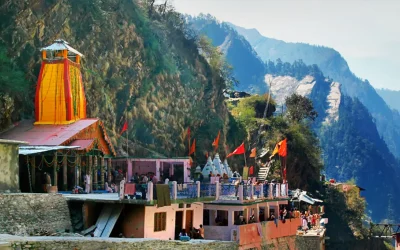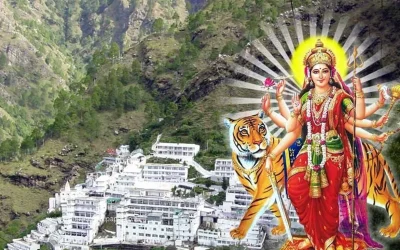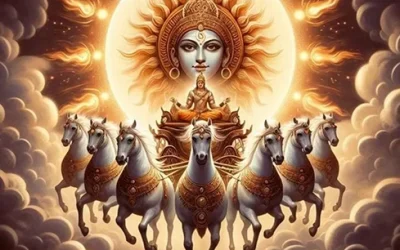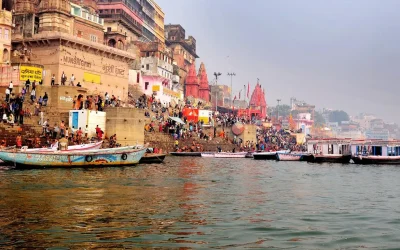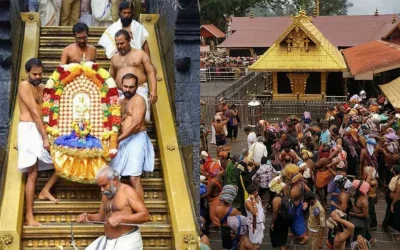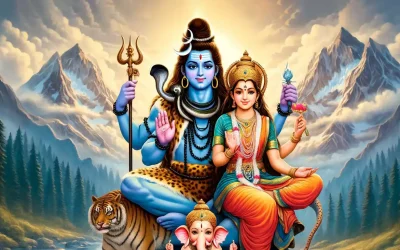Discover the Heritage and Spirituality of Tali Maha Kshetram at Kozhikode
Tali Maha Kshetram
Tali Maha Kshetram is a significant holy place in the middle of the bustling heart of Kozhikode, Kerala. It is one of the oldest temples in that region and holds a very high position of respect in the area. Thousands of devotees and tourists visit it throughout the year. This temple is not only a site of religious importance but can be seen as a centre of learning, art, and culture, offering visitors a glimpse into Kerala’s rich spiritual heritage.
Historical Background
Tali Maha Kshetram’s origins date back to the 14th century, when it was built under the patronage of the Zamorin of Calicut, a powerful ruler of the region. However, the temple’s sanctity dates even further in time. It is believed that the lingam in the sanctum was installed by the legendary sage Parasurama toward the end of the Dvapara Yuga. The temple gained prominence under the Zamorin, also known as Sailabdheswara, who took immense pride in its construction and spiritual upkeep.
The temple survived many historical trials, including damage during Tipu Sultan’s invasion of Kozhikode in the 18th century. However, in 1964, the shrine was renovated and restored with great care to bring it back to its former glory. Cultural activities are at the heart of the temple, which holds the grand festival of the Revathi Pattathanam, where eminent scholars gather to discuss various philosophical and literary topics. This festival is still active today and forms part of the cultural landmark.
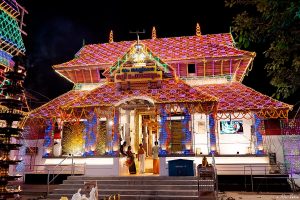
Architectural Significance
Tali Maha Kshetram is an excellent example of ancient temple architecture in Kerala, which is simple and grand at the same time. The sanctum sanctorum stands on a magnificent two-story form like a chariot, decorated with wooden carvings and colourful murals depicting several aspects of old Hindu scriptures.
The temple is fortified by thick, elephant-belly-like walls that symbolize strength and protection. One of the most striking facets of this temple is its towering gopuram (gateway tower), which is beautifully carved with depictions of Shiva, various deities, and mythical beings. The granite sculptures inside the temple further enhance its aesthetic appeal and only go towards showing the exquisite craftsmanship of the time. Every nook and corner speaks of the all-pervasive closeness between art, spirituality, and architecture, making it a treasure trove of Kerala’s cultural heritage.
Religious and Cultural Significance
The main deity of Tali Maha Kshetram is Lord Shiva. Millions of devotees visit the temple to seek blessings and spiritual solace. The temple’s sanctum contains a Jyotirlingam, a symbol of Shiva’s infinity. It is in the form of Umamaheswara, the combined form of Lord Shiva and Goddess Parvati, signifying divine unity.
Along with Lord Shiva, the temple complex hosts deities such as Tali Ganapathy, Thevarathil Ganapathy, Thrumandhakunnu Bhagavathy, and Lord Vishnu, each revered by devotees for blessings of prosperity, protection, and wisdom.
Culturally, the Tali Maha Kshetram is deep in the religious fabric of Kozhikode. It is a centre point for festivals like Maha Shivaratri and Revathi Pattathanam, which take place with grand splendour. During such festivals, the temple becomes a centre of devotion, attracting thousands of pilgrims to participate in special prayers and cultural programmes.
Unique Features of Tali Maha Kshetram
One of the intriguing aspects of Tali Maha Kshetram is its adherence to special rituals and customs. The temple enforces a strict dress code, in line with the ancient traditions of Kerala, requiring men to wear a dhoti or mundu and women to don a saree or salwar kameez. Before entering the sanctum, devotees must bathe and change into fresh clothes before entering the temple. This strict adherence to spiritual discipline imparts a profound sense of the sacredness and reverence of this sacred site.
The other feature is the flag pole, called Dwajastambam, where it is believed to meet heaven and earth. A lighting pillar, known as the Deepasthambhum, also lights up the temple grounds and creates an ethereal scene during evening rituals.

Tourist Attraction
Tali Maha Kshetram is not just a place of worship but also a must-visit destination for anyone interested in Kerala’s architectural and cultural history. Its intricate sculptures, mural paintings, and serene surroundings offer a spiritual respite from the bustling city of Kozhikode. Moreover, the temple’s close proximity to the Kozhikode Railway Station and its central location in the city make it easily accessible for visitors from all walks of life.
The temple complex is also home to a variety of other deities and shrines, including Lord Vishnu, Ayyappa, and Nagam, each with its own unique significance. For those interested in exploring more of Kozhikode’s attractions, nearby places like Kozhikode Beach, Thusharagiri Waterfalls, and the backwaters offer an excellent opportunity to immerse oneself in nature’s beauty.
Conclusion
Tali Maha Kshetram is a landmark of Kerala’s religious, architectural, and cultural heritage. It is an enriching and uplifting experience, even when you are a devotee looking up to Lord Shiva for blessings, an archeological lover eager to know about ancient temples, or a traveler who wants to experience the cultural richness of Kerala.
So, the next time you find yourself in Kozhikode, make sure to stop by this majestic temple. The peaceful ambiance, stunning architecture, and spiritual energy of Tali Maha Kshetram will undoubtedly leave you inspired and rejuvenated. Whether you come to pray or to simply marvel at the artistic brilliance of this ancient temple, you will leave with a sense of peace and a deeper appreciation for the spiritual heritage of Kerala.

